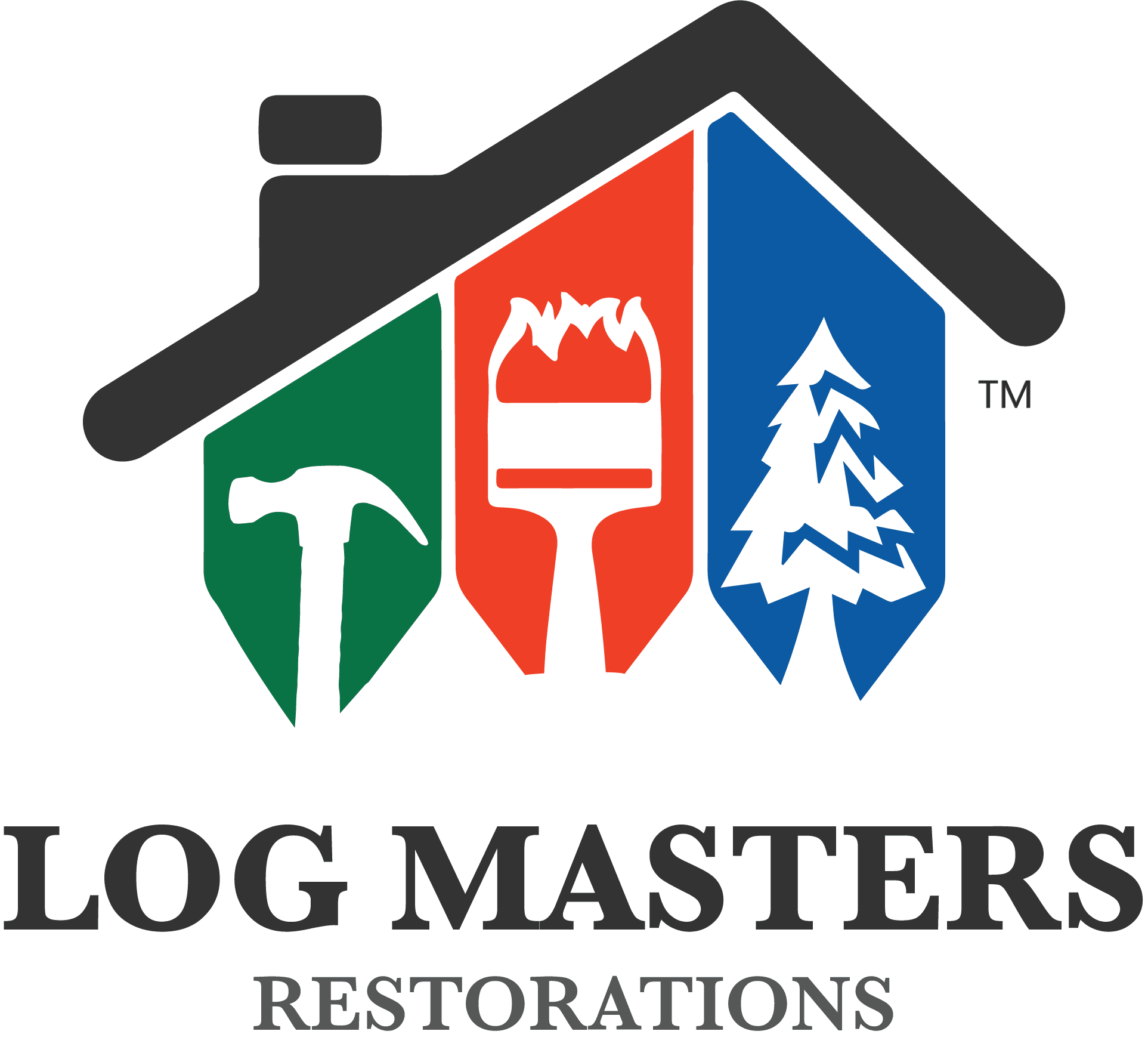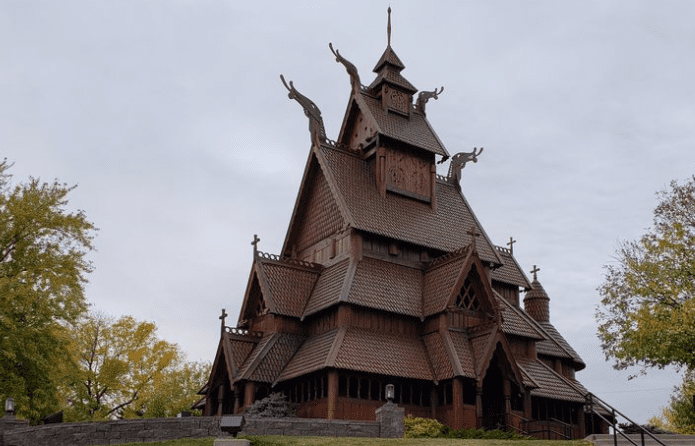Log structures consist of buildings composed of notched and stacked wooden logs. Asia and Europe have been using them for centuries, making them one of the oldest and most traditional forms of construction. There’s something truly captivating about the natural beauty, warmth, and strength of log structures that leave us in awe. How durable are they? What is the lifespan of them?
Factors Affecting the Durability of Log Structures
The durability of log structures depends on several factors. The following will help you learn about some of the factors more extensively.

- Type of wood
- Design of the building
- Quality of the construction
- Maintenance
- Environmental conditions
Type of wood
First, you will discover how the properties of different wood species affect their durability. For example, you’ll find hardwoods are generally more resistant to decay and insects than softwoods, but are also more expensive and complicated to work with. Natural preservatives in certain wood species, like pine, cedar, and oak, make them more durable than others. Additionally, the moisture content of your wood significantly affects its longevity—dry wood is less susceptible to rot and shrinkage than wet wood.
Design of the building

Several factors impact the durability of log structures, including the design. Log shape and size, joint quality, roof design, foundation type, and ventilation system affect a building’s resistance to weathering and aging. To create a well-designed log structure, prioritize adequate drainage, insulation, ventilation, and protection from moisture, sunlight, wind, and fire.
Quality of the construction

Quality construction significantly impacts the durability of log structures. To enhance log longevity, follow these essential steps during construction:
- Prepare the logs by debarking, drying, and shaping them.
- Treat the logs to prevent decay and insect infestation.
- Fit and secure the logs tightly to prevent air infiltration and water leakage.
- Fasten the logs using appropriate nails, screws, or dowels prevent movement and cracking.
Maintenance

Maintaining log structures is essential to preserve their durability and appearance. Regular inspection, cleaning, repair, and refinishing are necessary for log structures to avoid deterioration and damage. During the inspection, it is crucial to look for signs of decay, insect infestation, cracking, warping, or loosening of the logs and joints. It is necessary to clean the logs by removing dirt, dust, mold, mildew, stains, or paint from the surface. You should fix any defects or damages that could compromise the building’s structural integrity or aesthetic value. It would be wise of you to use a protective coating or stain during refinishing to enhance the logs’ color and texture and prevent moisture absorption and UV degradation.
Environmental conditions

The environmental conditions surrounding the log structure can also affect its durability. Factors such as temperature, humidity, precipitation, wind, soil type, vegetation, and exposure to sunlight can all influence how well the log structure performs over time. For example, high temperature and humidity can increase the risk of decay and insect infestation; high precipitation and wind can cause erosion and water damage; poor soil type and vegetation can cause foundation problems; and exposure to sunlight can cause fading and cracking.
Examples of Durable Log Structures
Despite the challenges that log structures encounter in terms of durability, numerous examples of log structures have endured for hundreds or even thousands of years.

Log Structures in Asia
Asia is full of well-thought-out log structures with unique inlays and designs and has been around for ages. Built-in 607 AD, the ancient Japanese temple, Horyuji, is the world’s oldest surviving wooden structure. The wood of Horyuji, built with cypress trees that were roughly 2,000 years old in Japan, still stands strong despite being cut down 1,300 years ago.
Log Structures in Europe
Log structures dot Europe’s landscape, with one of the most renowned examples being the stave churches in Norway. These medieval wooden churches trace their origins back to the 12th and 14th centuries CE and derive their name from the staves or posts that form their essential framework. Stave churches stand out for their intricate carvings, steep roofs, dragon heads, and cross-shaped floor plans. In Norway, they hold the status of national treasures, and some are even inscribed as UNESCO World Heritage Sites. Unfortunately, the passage of time, neglect, conflicting interests, and wars have led to the destruction of many of these remarkable structures. Remarkably, only 28 stave churches out of the over 1000 that once existed in Norway still stand today.
Ancient Log Structures in United States of America

Another example of durable log structures is the log cabins in North America, which are simple dwellings built by European settlers in the 17th century CE. Log cabins are made of round or hewn logs that are notched at the corners. They are typically one or two stories high with a gable roof. Log cabins are associated with frontier life and pioneer spirit in North America; some have become historical landmarks or museums.
For example, Abraham Lincoln, one of the most iconic U.S. Presidents, was born in a log cabin in the picturesque state of Kentucky. Daniel Boone, the renowned pioneer and frontiersman, built his log cabin home in the rugged terrain of Missouri. At the same time, Davy Crockett, the legendary folk hero, resided in a cozy log cabin nestled in the heart of Tennessee. All are still standing today and open to tourism.
Conclusion
The architecture of log structures is captivating and stunning, with a long and rich history. Using suitable materials, techniques, and care ensures that they are durable and resilient. Log structures are capable of lasting against time and nature, and they can offer comfort and enchantment to their occupants and visitors. Log buildings are testaments to the skill and creativity of human constructors, as well as the versatility and strength of wood.
I hope you enjoyed reading my article. Please let me know if you have any feedback or questions. 😊

